Laravel provides a rich set of components, including authentication, template engine, caching, command line tools, database interaction, object-relational mapper, event handling, file operations, email sending, queue management, and data validation. These components simplify and accelerate web application development, providing reusability, consistency, security, and flexibility.

Laravel Components
Laravel provides a rich set of components designed to simplify and speed up web application development. These components cover a wide range of areas, from authentication to queue management to email delivery.
Common Components
The most commonly used components in Laravel include:
- Auth:The Auth component provides authentication Functions such as registration, login and logout.
- Blade: The Blade component is a template engine for creating views with elegant syntax and intuitive structure.
- Cache: The Cache component provides caching support, allowing you to store data in memory to speed up your application's response time.
- Console: The Console component allows you to create and manage command line applications.
- Database: The Database component provides functions for interacting with the database, including querying, inserting, and updating.
- Eloquent ORM: The Eloquent ORM component provides an object-relational mapper (ORM) that allows you to interact with your database in an intuitive way.
- Events: The Events component allows you to create and listen for events to perform specific actions in your application.
- File: The File component provides convenient methods for working with files and directories.
- Mail: The Mail component provides email sending functionality and supports various drivers.
- Queue: The Queue component provides queue management functionality, allowing you to process tasks asynchronously.
- Validation: The Validation component provides data validation functions to ensure that user input complies with predetermined rules.
Using Components
To use Laravel components, you need to declare dependencies in your application's composer.json file. Here is an example of bringing in the Auth component:
<code>"require": {
"laravel/framework": "^8.0",
"laravel/ui": "^2.0"
}</code>
After installing the dependencies, you can use the component in your code. For example, the following is an example of using the Auth component for user registration:
// 创建新用户
$user = new User([
'name' => $request->input('name'),
'email' => $request->input('email'),
'password' => bcrypt($request->input('password')),
]);
// 保存用户
$user->save();Advantages
Using Laravel components has the following advantages:
- Reusability: Components can be easily reused in multiple projects, saving time and effort.
- Consistency: Components follow Laravel's design patterns, ensuring application consistency across the entire code base.
- Security: Components provide secure application development by following Laravel best practices.
- Flexibility: Components can be customized and extended to fit your specific needs.
The above is the detailed content of What are laravel components?. For more information, please follow other related articles on the PHP Chinese website!
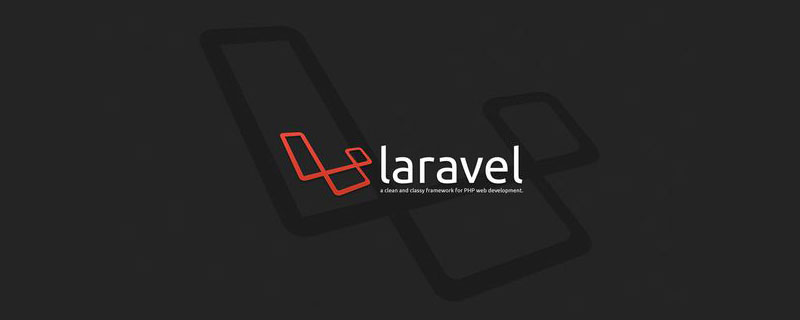 laravel单点登录方法详解Jun 15, 2022 am 11:45 AM
laravel单点登录方法详解Jun 15, 2022 am 11:45 AM本篇文章给大家带来了关于laravel的相关知识,其中主要介绍了关于单点登录的相关问题,单点登录是指在多个应用系统中,用户只需要登录一次就可以访问所有相互信任的应用系统,下面一起来看一下,希望对大家有帮助。
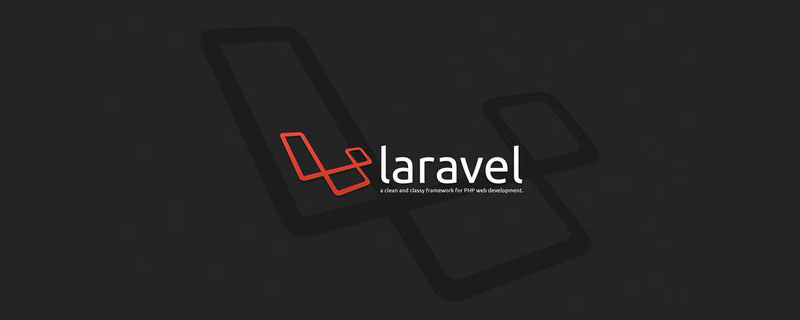 一起来聊聊Laravel的生命周期Apr 25, 2022 pm 12:04 PM
一起来聊聊Laravel的生命周期Apr 25, 2022 pm 12:04 PM本篇文章给大家带来了关于laravel的相关知识,其中主要介绍了关于Laravel的生命周期相关问题,Laravel 的生命周期从public\index.php开始,从public\index.php结束,希望对大家有帮助。
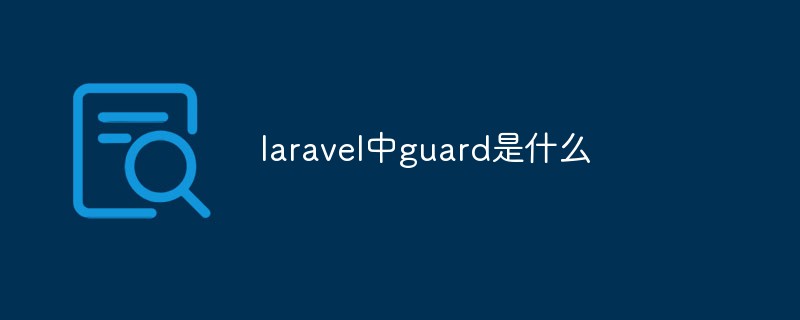 laravel中guard是什么Jun 02, 2022 pm 05:54 PM
laravel中guard是什么Jun 02, 2022 pm 05:54 PM在laravel中,guard是一个用于用户认证的插件;guard的作用就是处理认证判断每一个请求,从数据库中读取数据和用户输入的对比,调用是否登录过或者允许通过的,并且Guard能非常灵活的构建一套自己的认证体系。
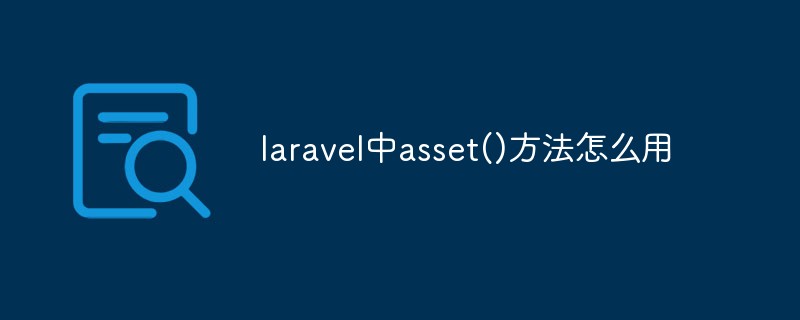 laravel中asset()方法怎么用Jun 02, 2022 pm 04:55 PM
laravel中asset()方法怎么用Jun 02, 2022 pm 04:55 PMlaravel中asset()方法的用法:1、用于引入静态文件,语法为“src="{{asset(‘需要引入的文件路径’)}}"”;2、用于给当前请求的scheme前端资源生成一个url,语法为“$url = asset('前端资源')”。
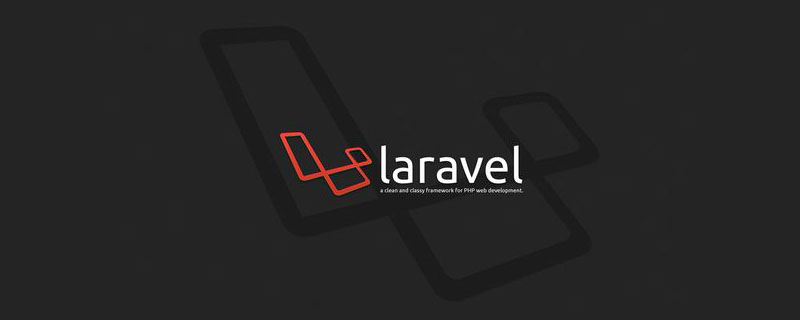 实例详解laravel使用中间件记录用户请求日志Apr 26, 2022 am 11:53 AM
实例详解laravel使用中间件记录用户请求日志Apr 26, 2022 am 11:53 AM本篇文章给大家带来了关于laravel的相关知识,其中主要介绍了关于使用中间件记录用户请求日志的相关问题,包括了创建中间件、注册中间件、记录用户访问等等内容,下面一起来看一下,希望对大家有帮助。
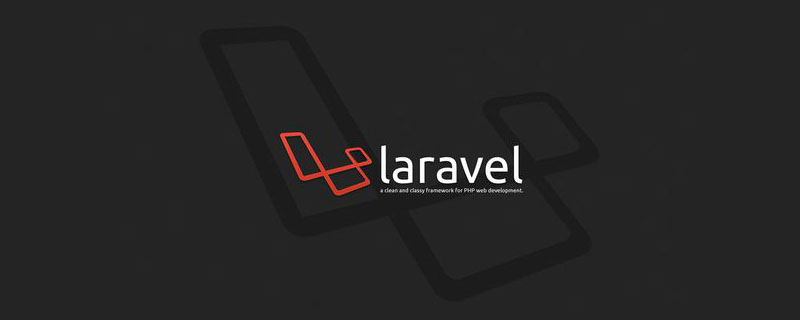 laravel中间件基础详解May 18, 2022 am 11:46 AM
laravel中间件基础详解May 18, 2022 am 11:46 AM本篇文章给大家带来了关于laravel的相关知识,其中主要介绍了关于中间件的相关问题,包括了什么是中间件、自定义中间件等等,中间件为过滤进入应用的 HTTP 请求提供了一套便利的机制,下面一起来看一下,希望对大家有帮助。
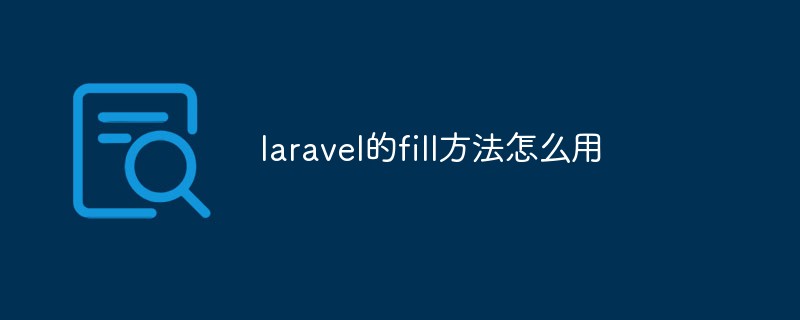 laravel的fill方法怎么用Jun 06, 2022 pm 03:33 PM
laravel的fill方法怎么用Jun 06, 2022 pm 03:33 PM在laravel中,fill方法是一个给Eloquent实例赋值属性的方法,该方法可以理解为用于过滤前端传输过来的与模型中对应的多余字段;当调用该方法时,会先去检测当前Model的状态,根据fillable数组的设置,Model会处于不同的状态。
 laravel路由文件在哪个目录里Apr 28, 2022 pm 01:07 PM
laravel路由文件在哪个目录里Apr 28, 2022 pm 01:07 PMlaravel路由文件在“routes”目录里。Laravel中所有的路由文件定义在routes目录下,它里面的内容会自动被框架加载;该目录下默认有四个路由文件用于给不同的入口使用:web.php、api.php、console.php等。


Hot AI Tools

Undresser.AI Undress
AI-powered app for creating realistic nude photos

AI Clothes Remover
Online AI tool for removing clothes from photos.

Undress AI Tool
Undress images for free

Clothoff.io
AI clothes remover

AI Hentai Generator
Generate AI Hentai for free.

Hot Article

Hot Tools

SublimeText3 Mac version
God-level code editing software (SublimeText3)

MantisBT
Mantis is an easy-to-deploy web-based defect tracking tool designed to aid in product defect tracking. It requires PHP, MySQL and a web server. Check out our demo and hosting services.

MinGW - Minimalist GNU for Windows
This project is in the process of being migrated to osdn.net/projects/mingw, you can continue to follow us there. MinGW: A native Windows port of the GNU Compiler Collection (GCC), freely distributable import libraries and header files for building native Windows applications; includes extensions to the MSVC runtime to support C99 functionality. All MinGW software can run on 64-bit Windows platforms.

WebStorm Mac version
Useful JavaScript development tools

Safe Exam Browser
Safe Exam Browser is a secure browser environment for taking online exams securely. This software turns any computer into a secure workstation. It controls access to any utility and prevents students from using unauthorized resources.






